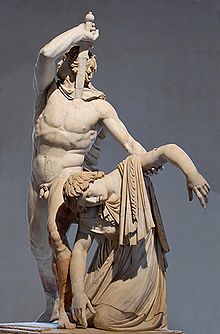Exploring Ancient Greek Art: A Historical Quiz
- NCCA
2.
You may optionally provide this to label your report, leaderboard, or certificate.
×
Thank you for your feedback!
















